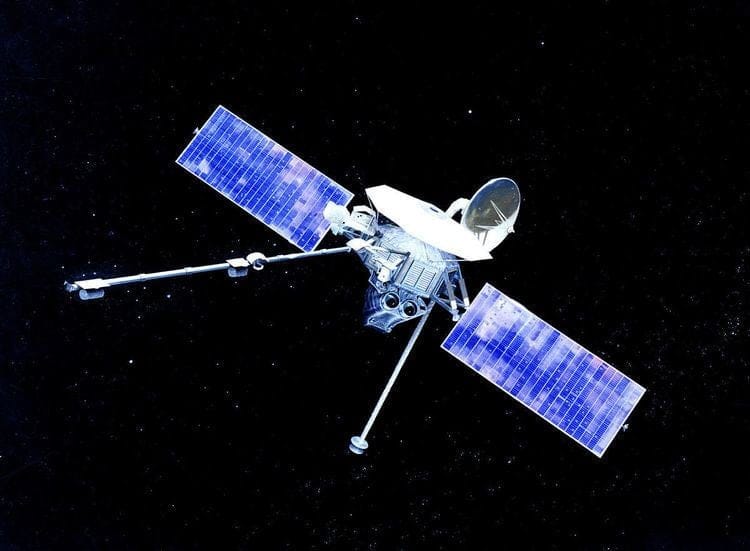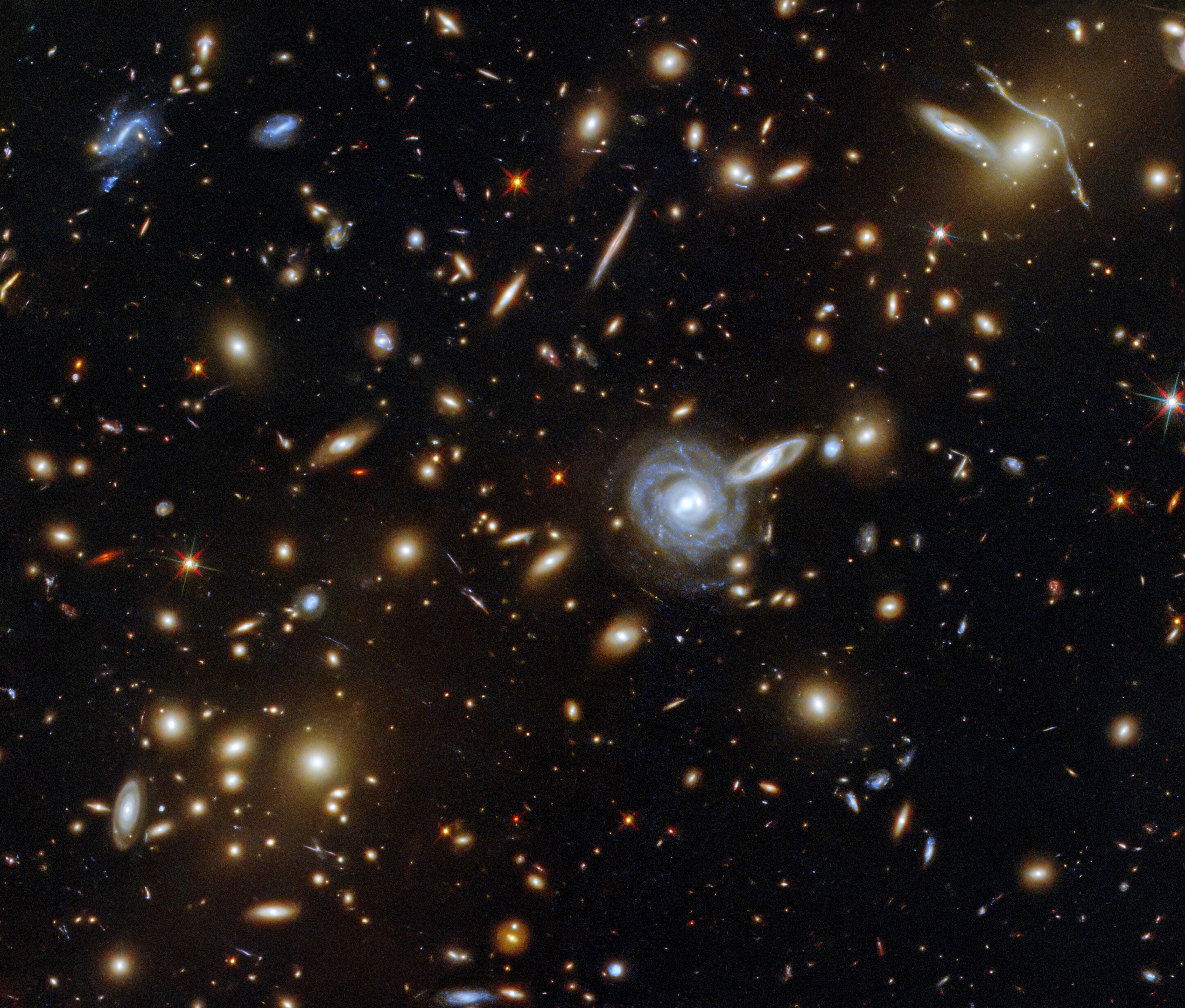The exploration of Mercury, the innermost planet of our solar system, has long been a challenge for scientists and space agencies. Its proximity to the Sun, extreme temperatures, and lack of a substantial atmosphere make it difficult to study. However, a recent mission has significantly advanced our knowledge of this enigmatic planet. A spacecraft, equipped with state-of-the-art imaging technology, has captured exceptionally detailed images of Mercury’s surface, revealing features that were previously obscured or unknown.
The mission, which is part of a broader effort to study the inner planets, has provided a wealth of data that scientists are now analyzing. The images showcase a variety of geological features, including craters, ridges, and plains, all of which contribute to a more comprehensive understanding of Mercury’s geological history. These new observations are particularly important because they offer insights into the processes that have shaped the planet over billions of years.
One of the most significant aspects of the newly captured images is their resolution. The spacecraft’s advanced imaging systems have allowed for a level of detail that surpasses previous missions, such as NASA’s MESSENGER, which orbited Mercury from 2011 to 2015. The high-resolution images reveal intricate surface textures and structures, providing clues about the planet’s volcanic activity and tectonic movements. This level of detail is crucial for scientists as they attempt to piece together the planet’s geological timeline.
In addition to the geological features, the images also highlight the stark contrast between Mercury’s surface and that of other terrestrial planets. For instance, the lack of significant atmosphere on Mercury means that its surface has remained relatively unchanged compared to Earth or Venus, where weathering and erosion play a significant role in shaping the landscape. The new images allow scientists to study the effects of solar radiation and micrometeorite impacts on Mercury’s surface, further enhancing our understanding of its environment.
The mission’s findings are not only important for Mercury studies but also have implications for our understanding of planetary formation and evolution in general. By examining Mercury’s surface in detail, scientists can draw comparisons with other rocky planets in the solar system, including Earth, Mars, and Venus. These comparisons can help researchers understand the similarities and differences in planetary development, shedding light on the processes that govern the formation of terrestrial bodies.
Moreover, the data collected from this mission will contribute to future explorations of Mercury and other inner planets. As scientists analyze the images and data, they will be able to formulate new hypotheses and questions that can guide subsequent missions. The insights gained from this mission may also inform the design of future spacecraft, ensuring that they are equipped to capture even more detailed observations of planetary surfaces.
The mission team has expressed excitement about the potential discoveries that lie ahead. As they continue to process the data and analyze the images, they anticipate uncovering new information that could reshape our understanding of Mercury. The collaboration between scientists, engineers, and space agencies has been instrumental in the success of this mission, demonstrating the importance of teamwork in advancing our knowledge of the universe.
In conclusion, the recent capture of detailed images of Mercury’s surface marks a significant milestone in planetary exploration. The high-resolution data provides a unique opportunity for scientists to study the planet’s geology and history in unprecedented detail. As researchers continue to analyze the findings, the mission promises to yield valuable insights that will enhance our understanding of not only Mercury but also the broader processes that govern planetary formation and evolution. The excitement surrounding this mission underscores the importance of continued exploration and study of our solar system’s inner planets.



